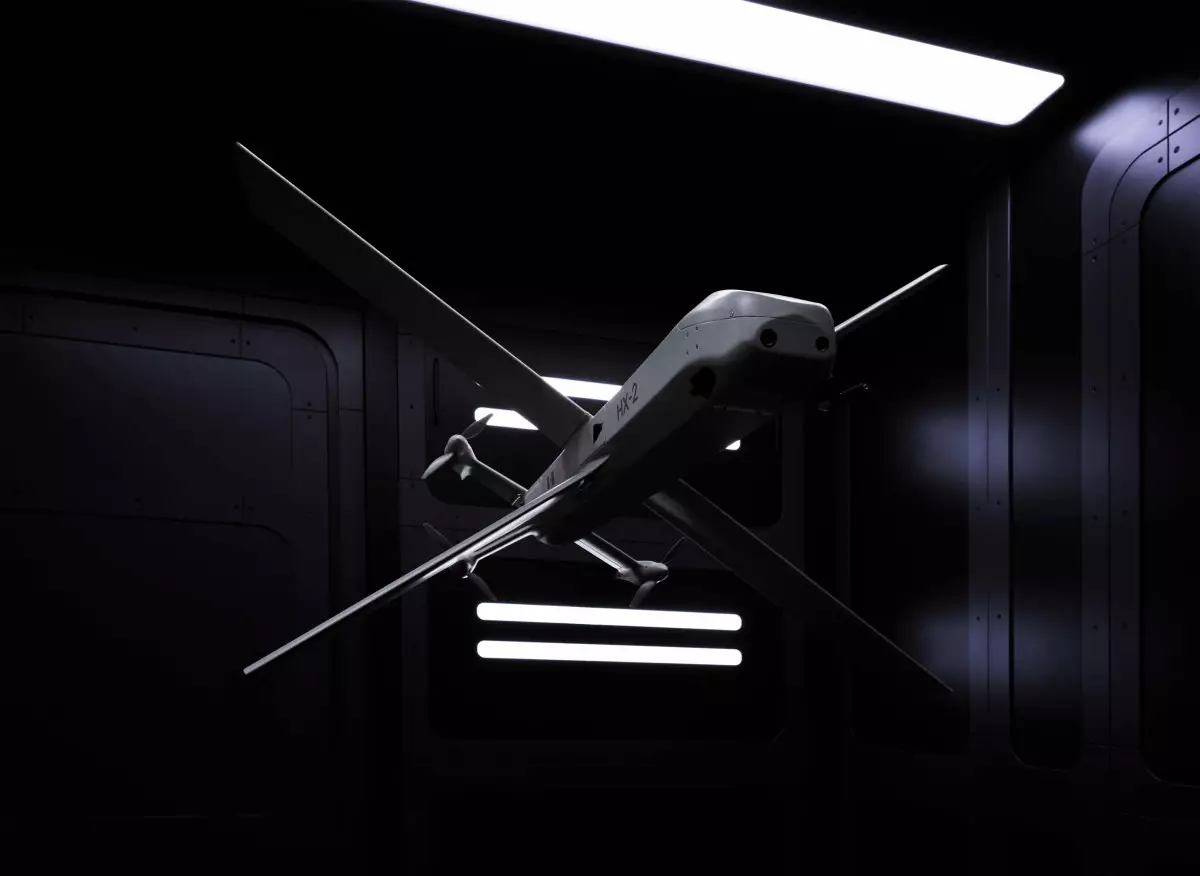In the rapidly evolving landscape of defense technology, Helsing, a German startup, is making headlines for its ambitious plans to produce a staggering number of strike drones. This article dissects the implications of Helsing’s growth, recent contracts, and how its integration of advanced technologies is shaping the future of military drones, particularly in the context of the ongoing conflict in Ukraine.
Helsing has attracted considerable attention by announcing a substantial increase in its production of drone units. The startup has set plans to manufacture 6,000 HX-2 strike drones, complementing an existing order of 4,000 HF-1 drones financed by the German government that are currently en route to Ukraine. Helsing’s co-founder, Gundbert Scherf, emphasized the company’s agility in scaling production to meet Ukraine’s growing demands amidst a volatile geopolitical climate.
The urgency of Helsing’s ramped-up production reflects broader trends in military procurement and technology adoption, particularly as nations scramble to enhance their defense capabilities in response to perceived threats. The influx of drone technology into modern warfare signifies a shift in how conflicts are conducted, enabling smaller nations or groups to employ sophisticated equipment that can leverage existing advantages against larger forces.
Originally, Helsing carved a niche in the artificial intelligence (AI) sector, catering primarily to software needs. As warfare technology advanced, the company pivoted into the hardware realm, positioning itself as a major player in drone manufacturing. Helsing’s transformation into one of the largest strike drone producers signals both ambition and strategic foresight.
While the HX-2 model represents hardware innovation, it also integrates advanced software capabilities. This dual focus on hardware and software is a crucial aspect of Helsing’s strategy. Co-founder Niklas Köhler noted that the company intends to emphasize the complexities involved in the software design, enabling the drones to perform effectively in various operational environments. This shift highlights the importance of developing capabilities that go beyond traditional manufacturing to include advanced AI applications.
The incorporation of artificial intelligence into drone technology has profound implications for military operations. The HX-2, revealed in late 2024, is engineered to perform autonomously, guided by intelligent systems that can function even under adverse conditions—such as signal jamming. This autonomy dramatically increases the effectiveness of drones in combat scenarios, allowing for precision targeting with reduced reliance on constant command and control communications.
Manufacturing scalability is another critical factor in Helsing’s approach. The term “kamikaze drone” might evoke images of costly, single-use systems, yet Helsing seeks to create a solution that minimizes unit costs while maximizing production efficiency. By establishing “Resilience Factories” across Europe, Helsing aims to utilize regional supply chains and labor forces effectively. Such strategic decentralization not only aligns with national defense procurement objectives but also promotes operational resilience in global supply chains.
As Helsing forges ahead with its drone production initiatives, its partnerships reflect a deliberate effort to bolster its technological and operational capabilities. The recent collaboration with Mistral, a French AI leader, underscores the significance of AI in shaping Europe’s defense posture. Scherf’s remarks at the Paris AI Action Summit highlight a vision for Europe to strengthen its geopolitical presence through advancements in AI and defense technologies.
Moreover, the backdrop of security conferences, such as the Munich Security Conference, serves to magnify the startup’s ambitions within international defense circles. With Europe emerging as a critical player in the global defense arena, companies like Helsing are positioned to become central figures in evolving military strategies and technologies.
Helsing’s ascent as a significant player in drone manufacturing illustrates a wider trend in defense that emphasizes innovation, strategic partnerships, and technological integration. As Europe grapples with emerging security challenges, the implications of Helsing’s developments extend beyond mere production figures; they serve as a litmus test for the future of military engagement in an increasingly complex world.

